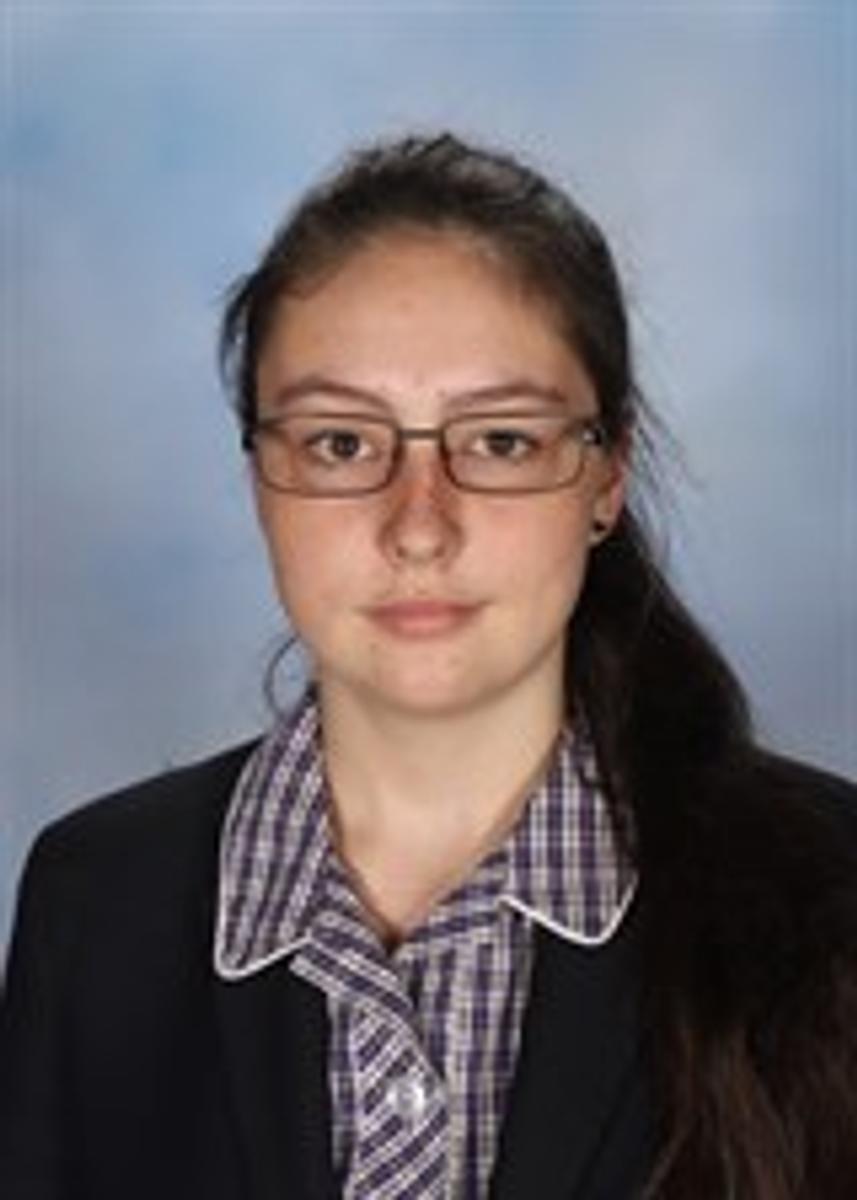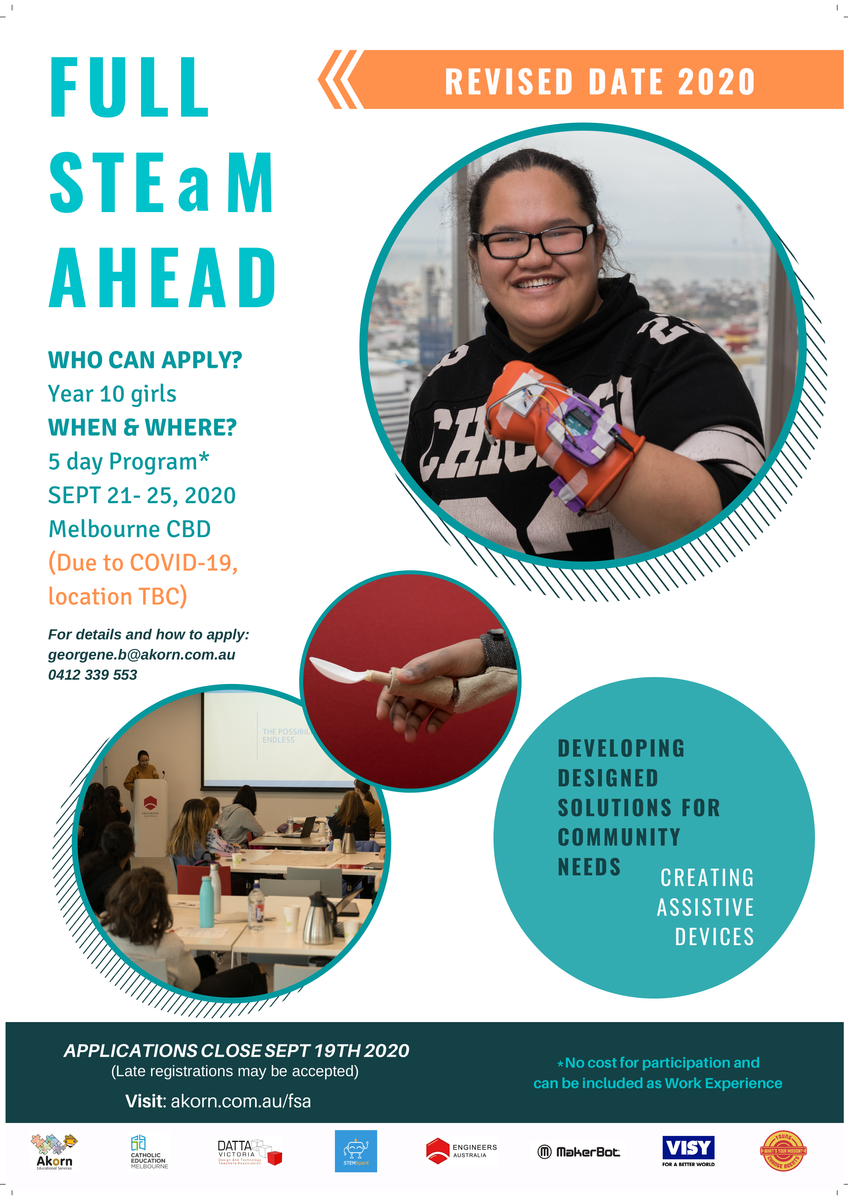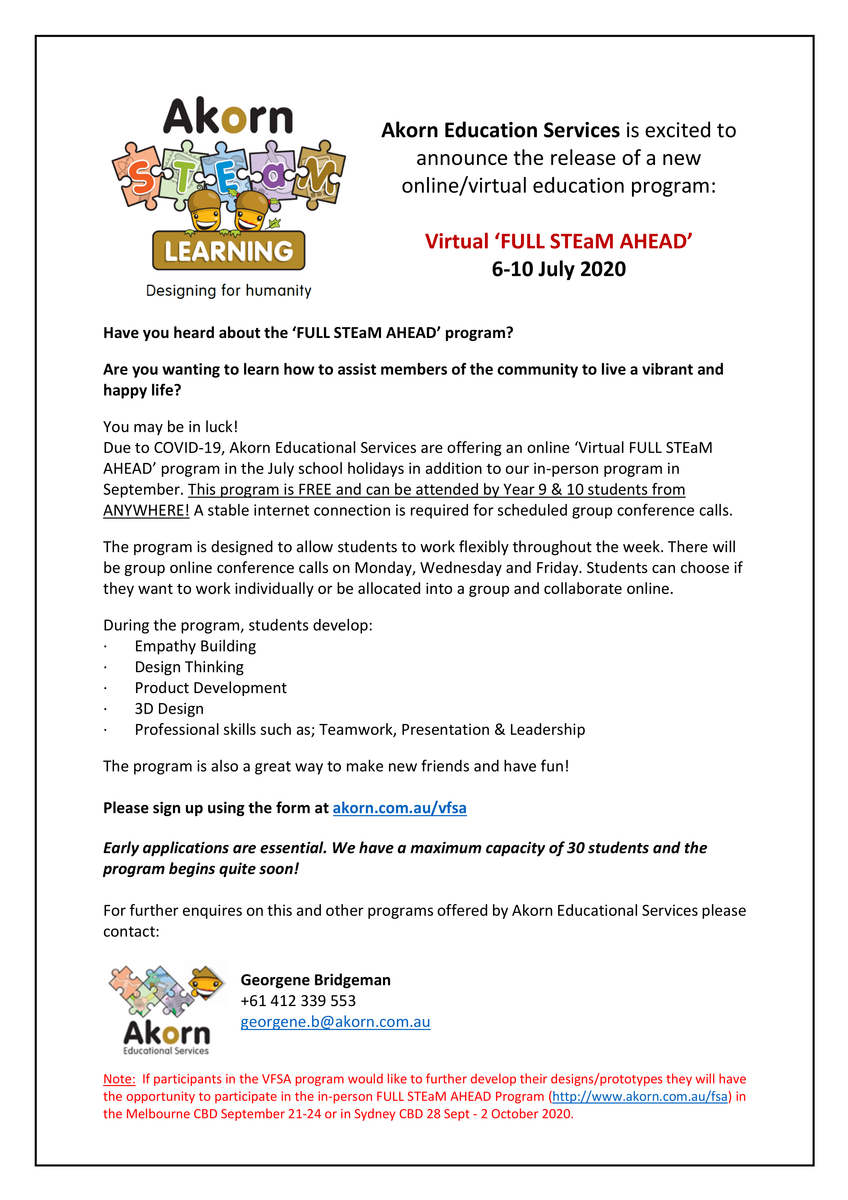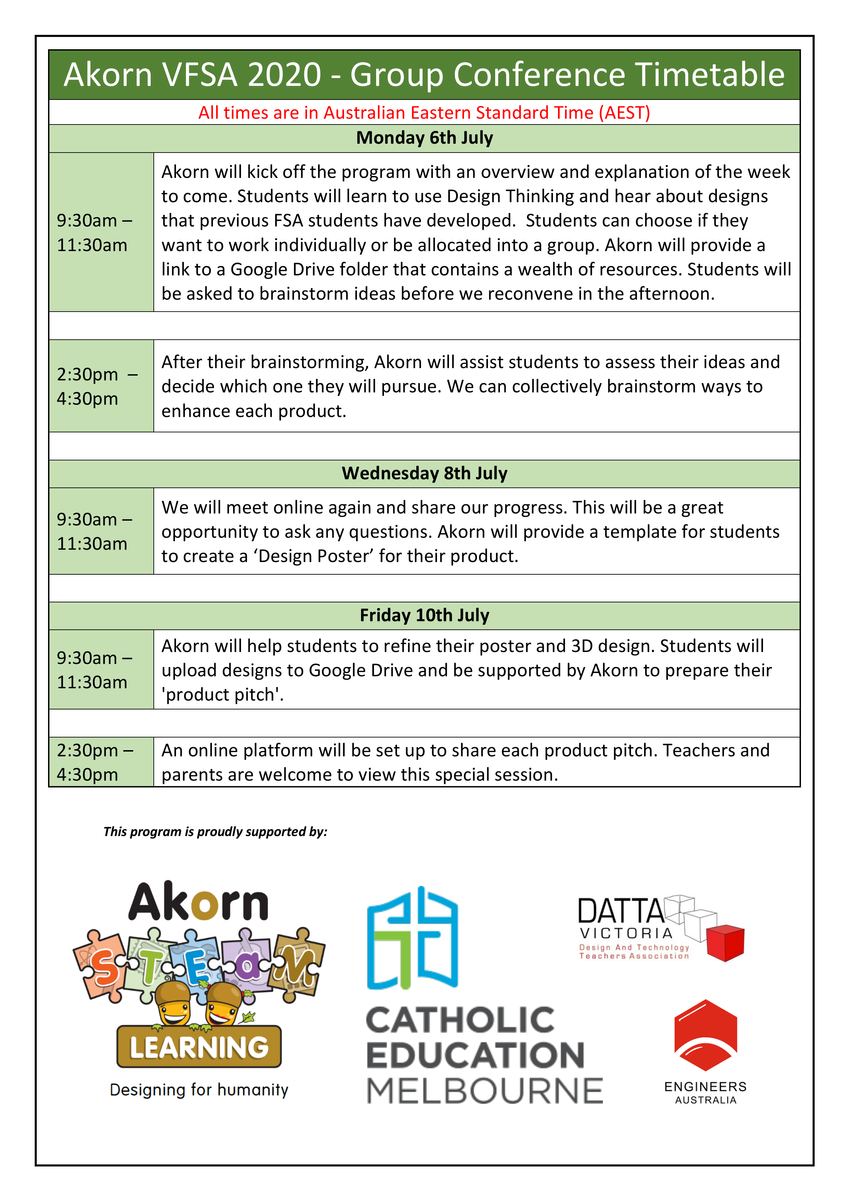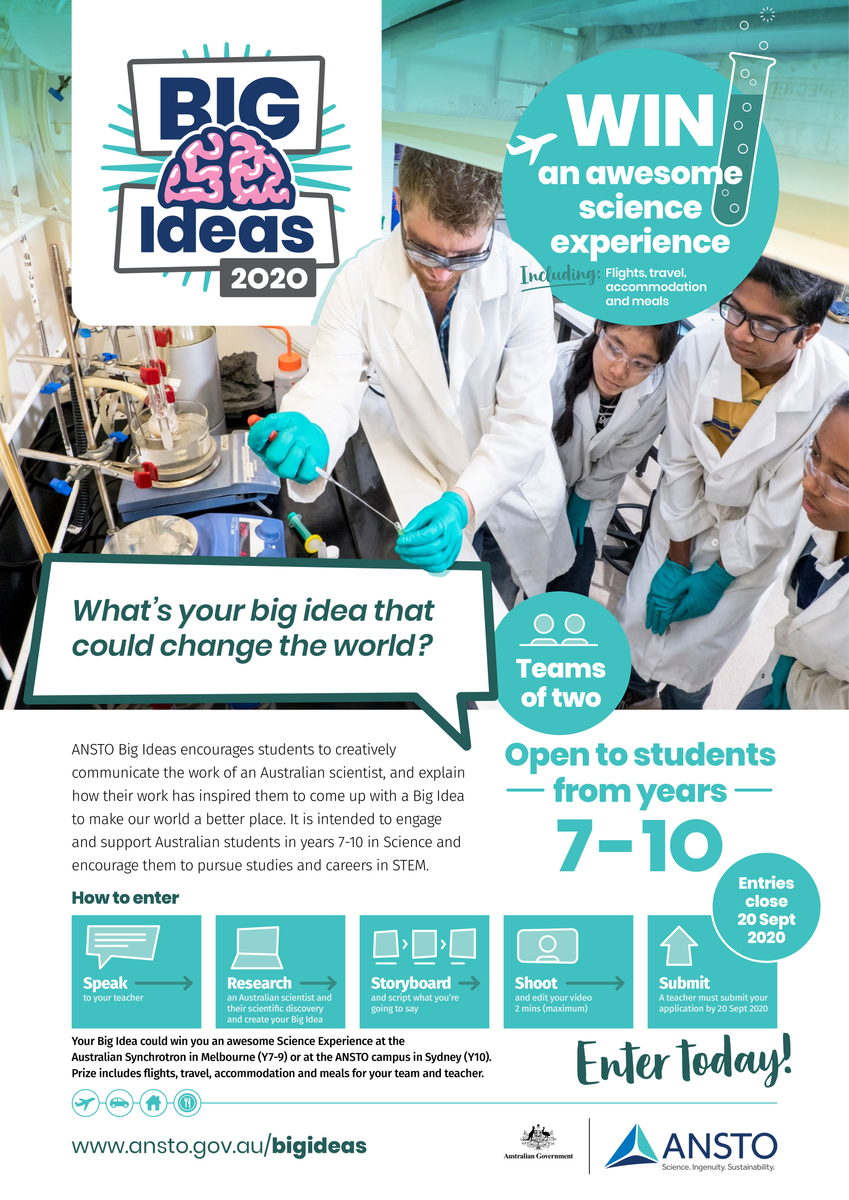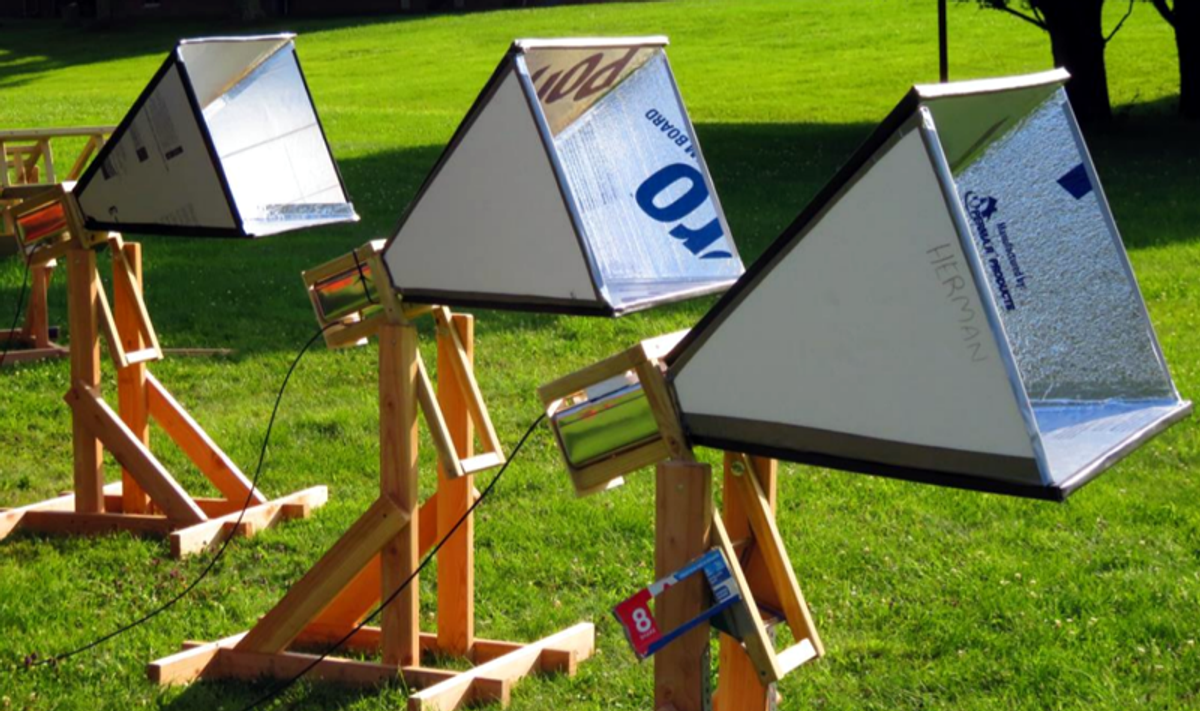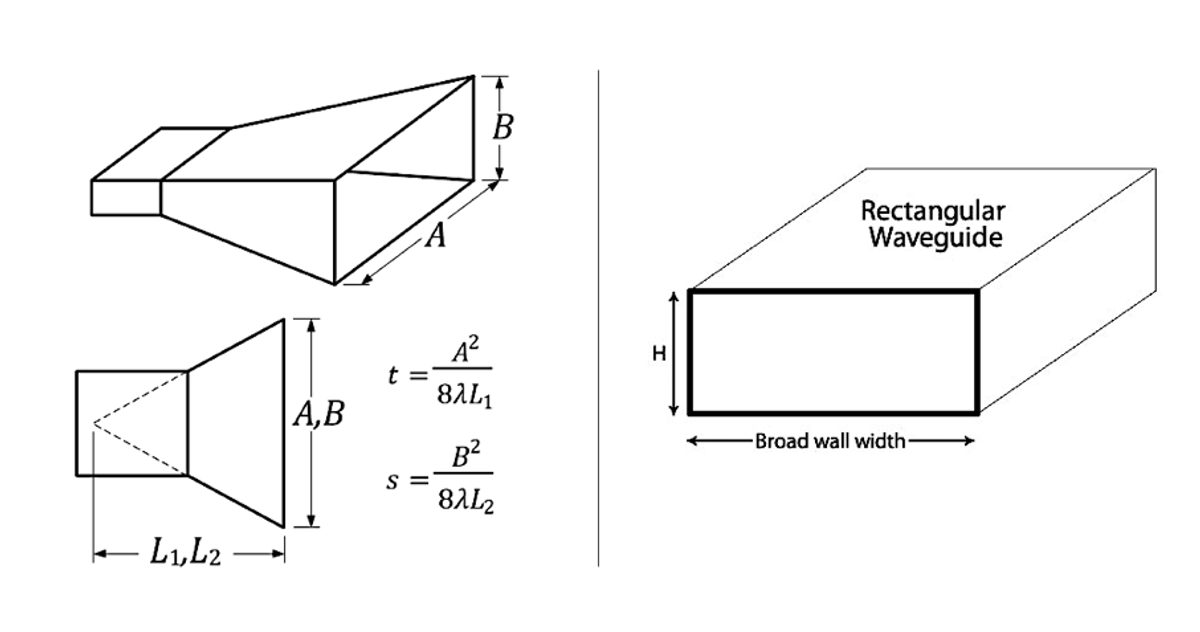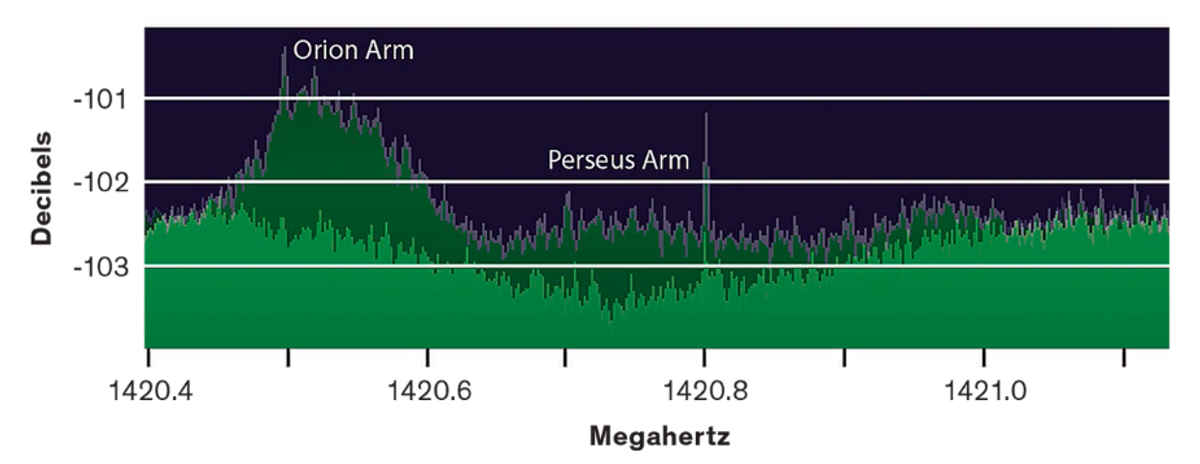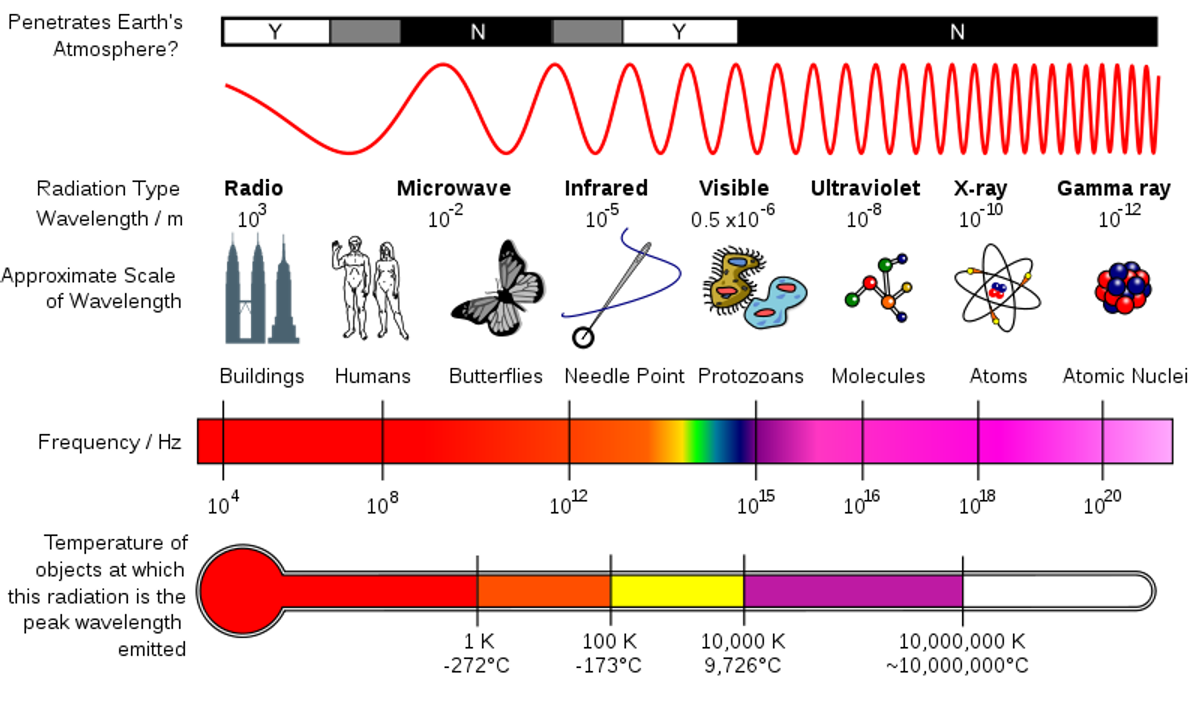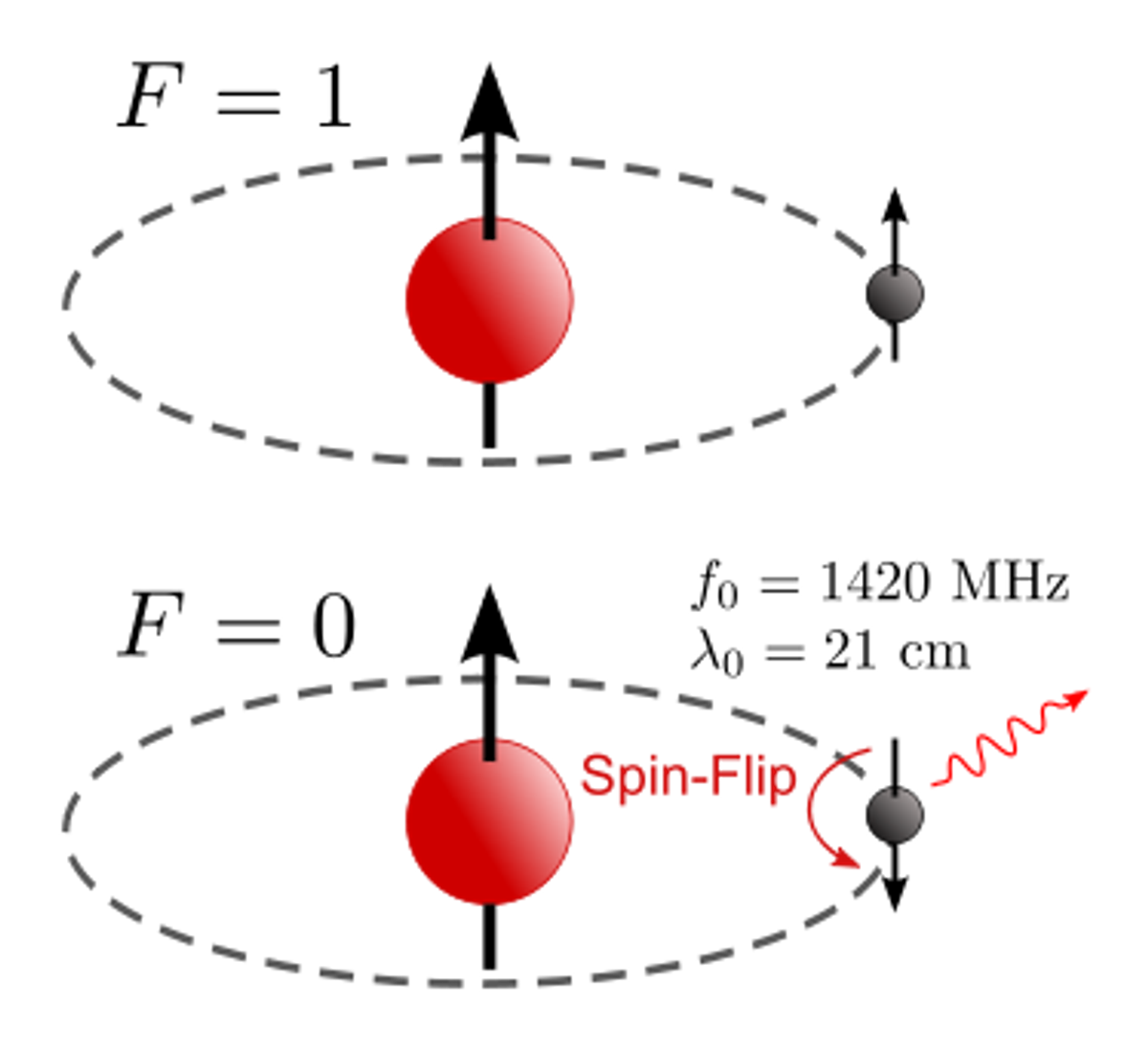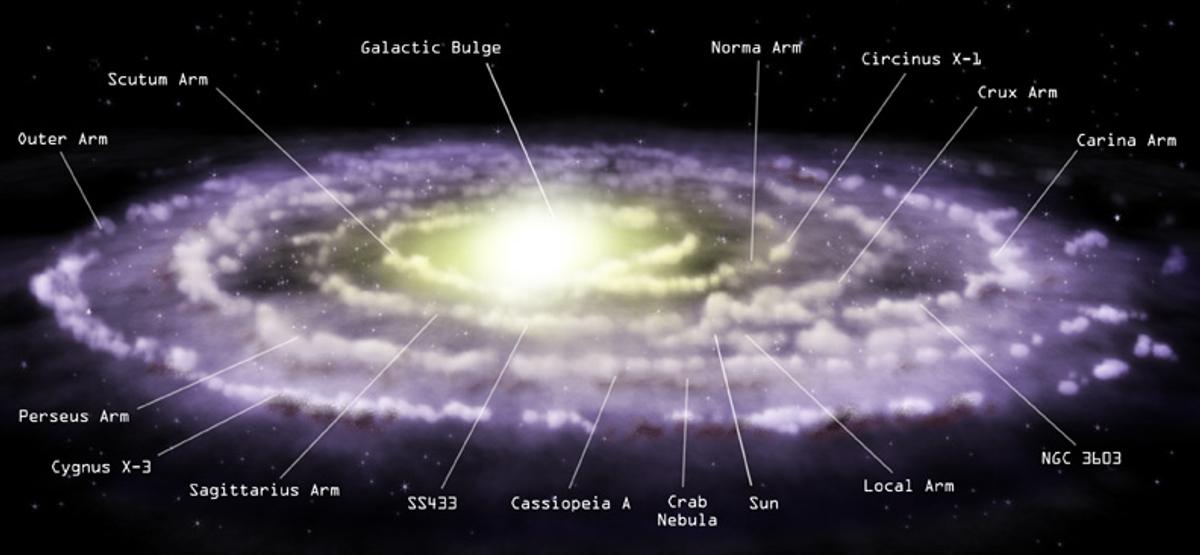STEAM News
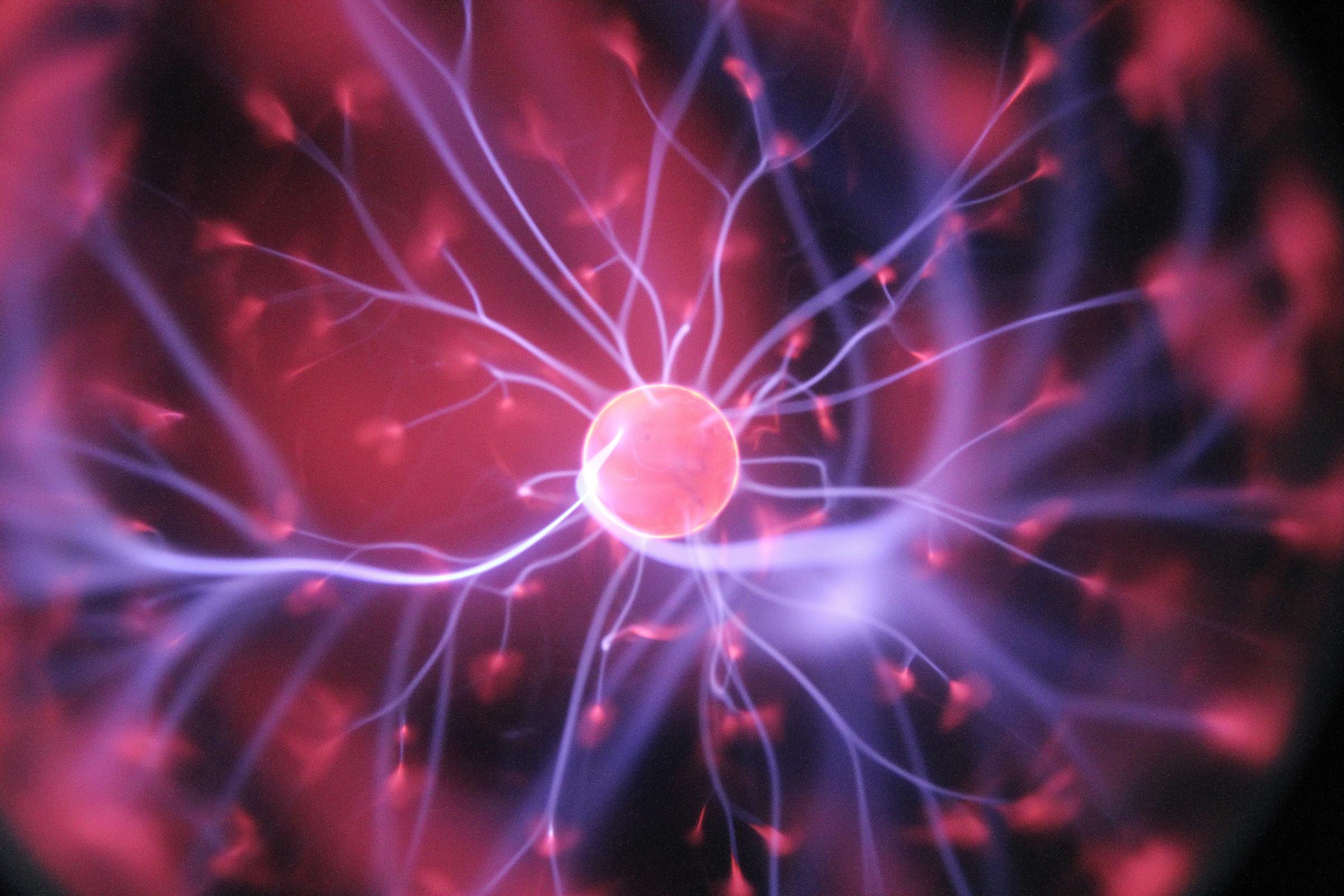
The SVN Green Magazine has been released! Read it now!
We at the Student Voice Network are delighted to share the next edition of the Green Magazine with you! This unique magazine features brilliant pieces by students (plus some amazing teachers) in isolation and back. This magazine, although created remotely online, is a way for students to come together for a topic they are all passionate about. It’s been a blast to make (for the Green Magazine Team as well as heaps of contributors), and it will be a blast to read! This magazine is especially unique because it has been created 100% by students...100% for everybody!
To read it RIGHT NOW and find out how to get involved in upcoming editions, head to this link: https://www.svn-au.com/green-magazine (or you can click on the attachment).
The Student Voice Network is a student led and run organisation of young people passionate about sustainability and equality. We’re all about collaboration, planning and, of course, action to make the world one that we are proud to grow up and live in. Interested? Check out this link for more information about the Student Voice Network in general! https://www.svn-au.com/
If you really care about an issue, why wait for someone else to solve it?
Happy reading!
Emma Parfitt
On behalf of the Green Magazine Team
Green Magazine | SVN
Well done Claudia!!
Heartiest Congratulations to Claudia Cadman for winning the second place prize in the ANZ Csr Tata Consultancy work experience challenge.
Following is her report on her work experience.
In the sixth week of remote learning I was given the opportunity to join the Tata Group for their ‘GoIT Girls’ work experience program, with an online twist. There were ten participants in total, from all over Australia.
Each day we joined in 3 sessions/workshops using video chat in Microsoft Teams. We would listen/discuss subjects such as women in technology, diversity in a workspace and learn about what it would be like to work with the Tata Group.
During this week we were given a challenge; create a presentation about what application a company such as Woolworths should use to communicate whilst working remotely during this Covid-19 pandemic. With this we were also given three user cases that had expectations to meet, for example one user case required over 250 participants in a video call at the same time. We had to present our findings in a PowerPoint Presentation at the end of the week. I was awarded 2nd place.
Participating in this work experience program opened my eyes to new job pathways and interests, which I had previously not recognised nor considered.
Community Science Project: DIY Radio Telescope
WRITTEN BY RAMI MANDOW
Teams across Australia are joining our community science project to build backyard Radio Telescopes that can detect the arms of the Milky Way Galaxy.
PROJECT SUMMARY
This DIY radio telescope project is the first of our #InspiringNextGen series and is all about getting people across Australia and NZ involved in science and the Australian/New Zealand space communities. There’s a bunch of info about this community science project below, including a little about the science at the bottom. Registrations have now closed - however, here’s a high-level summary of what we're aiming to do:
- We’re building a do-it-yourself radio telescope, and would love for you to follow our journey
- This is a fun science project that is being implemented by 38 teams across Australia
- We expect the project to take 3 – 6 months, which includes building the telescope over the first 3 months and then collecting good data over the last 3 months
- We want to get fun, learning, science data, a better understanding of radio astronomy and documentation out of this experiment. It’s 100% ok if we don’t succeed, as long as we learn along the way
WHO'S INVOLVED?
After releasing our project plans in mid-December, we received an excellent outpouring of enthusiasm from people across the country to join our project. Unfortunately, registrations are now closed for this phase project, but all our teams are working towards documenting their processes for future builders - like yourself - to start their own projects. We'll open up the next phase of the project soon - so you can start building your telescope too.
Our community of DIY radio telescope builders is made up of folks who have never had any experience with radio astronomy, parents and young people, radio astronomers, ham radio operators, engineers, software developers and more. We're a very diverse group!
We even have three teams in Africa and one team in America also building their own DIY radio telescope.
Our teams participate and collaborate through our online Slack community and are working towards producing excellent documentation that can be open-sourced to anyone at the end of our project.
WHAT ARE OUR TIMEFRAMES?
We expect the project to take about 3 – 6 months, depending on any curve balls we learn about along the way. The build itself should only take a few months, but the collection of good data might take longer, so we’re in no rush. Instead, we’re here for the learnings.
We officially started this project in mid-December, but the build period will likely start from early January and run for approx. three months.
We’re aiming for ‘first-light’ (when our telescopes see data) after this weekend, around 14th March 2020, and have set out three months (until the end of June) to be able to get good data (which means it’s not just noise but science data).
Each team will be working on their own antenna/s at their own pace, so we expect to see a few early antennas which will be exciting to share around on social media.
WHAT DO WE WANT TO GET OUT OF THIS EXPERIENCE?
There is a wide range of things that we want to get out of this community science project:
- Fun, enjoyment, a sense of community (priority 1)
- Astronomical science data and experimental science results by tracking the movement of the Milky Way Galaxy
- People from all walks of life learning about radio astronomy and radio telescopes
- A working radio telescope would be good!
- Collaboration and participation from everyone
- Documentation - we’ll be putting together our document-as-you-build instructions and publishing this on the SpaceAustralia.com website so that anyone can take up this project in the future
- Lastly, we want everyone to know that this is all about experimentation and it might not work! Some teams might have telescopes that work well in three months, and others not at all in six months. This is not a competition, this is a learning experience for our community. If we come out of this with better knowledge about radio astronomy and radio telescopes – then we’ve achieved our goal!
REGISTERED TEAMS
Below is a table of all the registered teams in our #SpaceAusScope community.
| Team Name | Location | State |
|---|---|---|
| Team Orion | Balmain | NSW |
| A Shed in Mayfield | Mayfield | NSW |
| Backyard Universe Monitors | Pennant Hills | NSW |
| Boambee Universe Monitors | Boambee | NSW |
| Team Hephaestus | Cherrybrook | NSW |
| Astro Hobbits | Sutherland Shire | NSW |
| Nbsp | Sydney | NSW |
| Catholic Education Wollongong | Wollongong | NSW |
| Beyond Canobolas | Millthorpe | NSW |
| Space Cadets | Terrey Hills | NSW |
| Texas | Texas | QLD |
| Pandora | Seventeen Miles Rock | QLD |
| Sir Thomas Brisbane Radio Telescope | Brisbane | QLD |
| Friday Radio Club | Adelaide Inner West | SA |
| Team Adelaide | Adelaide Hills | SA |
| Mad Scientists | Sea Cliff | SA |
| Box Hill South Space Explorers | Box Hill | VIC |
| Team Dino | Newport | VIC |
| Team TAT | Tatura | VIC |
| Kids Space | Moonee Ponds | VIC |
| Space GW Worm | Glen Waverley | VIC |
| OuterMelbourneSpace | Hampton Park | VIC |
| It's All About The Base | Glen Waverley | VIC |
| Totally Space | Bannockburn | VIC |
| SMRA | Kilsyth | VIC |
| Bell Horn | Thornlie | WA |
| Team Watermans | Watermans Bay | WA |
| Axion | Gidgegannup | WA |
| Perth Observatory Volunteer Group | Bickley | WA |
| Sandgroper RA | Falcon | WA |
| Wireless Hill Bobtails | Perth | WA |
| ICRAR Curtin Radio Astronomy Rabble | Perth | WA |
| El Castillo | Como | WA |
FOLLOW OUR PROJECT
We would really love to share this experience with you, so please follow our project by looking out for our shared posts on social media using the tag #SpaceAusScope. Here’s our accounts:
And if you’re interested in running a separate community science project with us, email us at admin@spaceaustralia.com
THE SCIENCE
Radio astronomy is the study of objects, events, and phenomena in space using radio waves, which make up part of the electromagnetic (EM) spectrum.
Due to their long wavelengths, radio waves can enter Earth’s atmosphere and pass through clouds, which means we can do radio astronomy during the day and even when it is cloudy.
The telescope we are building is a horn antenna, which is tuned into picking up small radio waves of 21cm wavelength. The source of these radio waves is from the most common element we find in the Universe, Hydrogen.
Massive Hydrogen clouds are found across our Galaxy’s spiral arms. This is the material that eventually forms stars, planets and everything else we see around us. We can’t see these cold interstellar clouds in optical telescopes, but we can with radio telescopes. To understand how we need to look at some atomic-scale science.
Hydrogen, as an atom, is fairly simple – it contains one Proton in its centre (which carries a positive (+) charge) and an orbiting electron (which carries a negative (-) charge). Let’s pretend that both the proton and the electron are spinning balls with their axis both pointing upwards
When this atom is most relaxed, or in a ground state, the two-axis are in opposite directions – so the proton points up and the electron points down. However, sometimes the electron gets an energy kick, which takes it to an excited state. When this happens, the electron has absorbed some energy. But it is no longer relaxed and really wants to get back to its relaxed state (don’t we all?).
To do so, it has to release the energy it absorbed back out into the Universe. And so the electron gets rid of the energy and reverts back to having its axis pointing downwards relative to the proton, which points upwards.
Now that little package of energy it released is a radio wave and it has a wavelength of 21cm. This travels across our Galaxy and eventually is picked up by the telescope we are building.
By looking for 21cm wavelength radio waves coming from the Galaxy, we will be able to tell where the huge clouds of Hydrogen are and if they are moving towards us or away from us. This paints a picture of the Galaxy’s spiral arms through our data.
We’re hoping by collecting our data from the end of March and through to June, we’ll be able to capture an arm of the Milky Way and then the centre of our Galaxy, which usually is high in the sky by the middle of the year.

